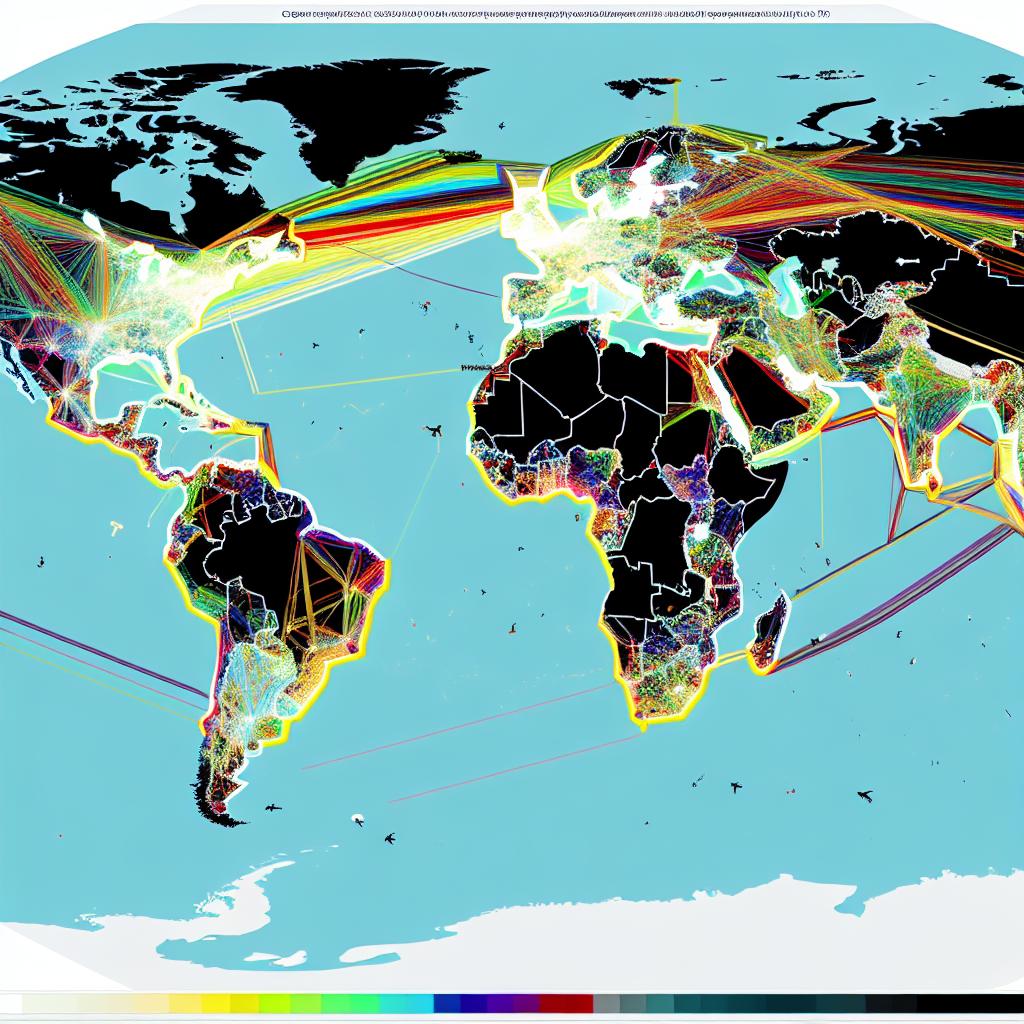Global shipping supply chains are facing significant disruptions due to the ongoing conflict in Gaza, attacks on ships by Houthi militias, and Russia’s invasion of Ukraine.
However, Southeast Asia's waters, particularly the maritime crossroads of the Indo-Pacific, also present notable risks. Historically regarded as among the world’s most dangerous, these waters have seen substantial progress in recent decades, yet criminal threats such as piracy, armed robbery, and terrorism persist.
At the turn of the century, Southeast Asia had the highest global rates of piracy and armed robbery. Terrorism and violent extremism frequently extended into maritime domains, culminating in 2005 when Lloyd’s insurance market labeled the Malacca Strait a high-risk area due to “war, strikes, terrorism, and related perils.” This prompted coastal states to prioritize maritime security, enhancing law enforcement and criminal prosecution capabilities. This effort included the development of regional coastguards and maritime security-focused agencies.
Following the September 11, 2001 attacks, the international maritime community introduced the International Port and Security Code, mandating comprehensive security measures for port and ship operators. Additionally, regional cooperation was expanded with initiatives like the 2004 trilateral coordinated patrols by Singapore, Indonesia, and Malaysia in the Malacca Strait. That same year, 16 Asian countries established the Regional Cooperation Agreement on Combating Piracy and Armed Robbery against Ships (ReCAAP), which sponsors an Information Sharing Center (ReCAAP ISC) for database maintenance, analysis, and information clearing.
In 2009, Singapore launched the Information Fusion Center, hosting 25 international liaison officers from 20 nations to build multinational capacity and confidence. These measures led to a significant decrease in piracy and armed robbery incidents, with ReCAAP data from 2007-2022 indicating most incidents were petty theft. The most dangerous attacks, including hijackings, murders, and kidnappings, have virtually ceased.
Technological advancements have enabled criminals to access high-quality maritime awareness data previously exclusive to states and large corporations. Criminals in the Strait of Singapore now use Automatic Identification Systems and smartphone applications for their attacks—technology that was inaccessible 10-15 years ago. Moreover, cyber threats are emerging as a new vector for maritime criminal activity. The 2017 NotPetya cyberattack on Maersk highlighted the potential for global disruptions originating from Southeast Asia, emphasizing the critical need for robust cybersecurity measures.
Geopolitical competition between great powers is complicating regional cooperation. Two decades ago, cooperation prospects were constrained but growing. Today, even minor decisions are weighed against their potential geopolitical implications. This is exemplified by ASEAN's recent difficulty in organizing a joint military exercise in the South China Sea, fearing it would antagonize China. Eventually, the 2023 exercise was conducted in a less contentious location, but the incident underscores the delicate nature of regional maritime cooperation.
The resurgence of piracy and other maritime threats in Southeast Asia highlights the need for continued vigilance and cooperation among regional states. The dynamic geopolitical landscape requires nuanced strategies to maintain maritime security and protect global shipping lanes. Effective collaboration and technological adaptation are essential to counter emerging threats and ensure the stability of this critical maritime region.





